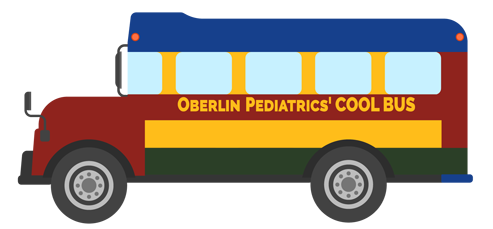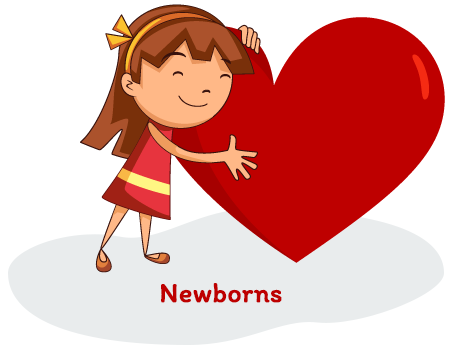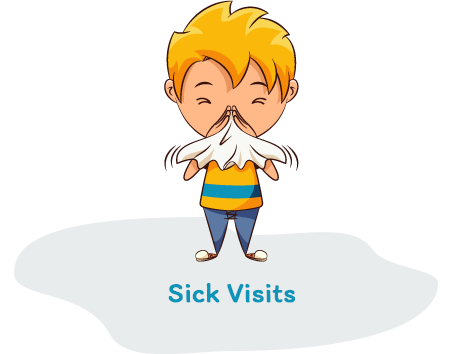Asthma Visits
Asthma is one of the most common chronic diseases in childhood, affecting 7 million children in America (nearly 10% of all children!). About 80% of children with asthma have developed the symptoms by age 5.
What is Asthma?
Asthma, by definition, is Recurrent Reversible Wheezing, meaning that the child has had at least several episodes of wheezing that have been improved by medicines like albuterol. For most children, the symptoms are relatively rare and mild to moderate. Some signs that a child is more prone to having asthma is having eczema in the first months of life, wheezing with viral upper respiratory infections (colds) in the first year of life, and a family history of asthma in parents or siblings.
Physicians tend to describe a child's asthma as intermittant or chronic, and mild/moderate/severe. Learn more about what these categories mean from the American Academy of Pediatricians. What really matters is control, not severity.
Asthma Resources
The following are parental resources to help you, from the first use of an inhaler to preparing for an Asthma Clinic visit.
Asthma Gadget Resources
- Devices that Help Deliver Asthma Medicines - basic information about inhalers, nebulizer and peak flow meters
- Asthma Gadgets: How to Use a Spacer with a Mask - includes a video
- Asthma Gadgets: How to Use a Spacer without a Mask - includes a video
- Peak Flow Instructions
Asthma Medications
Confused about medications? You are not alone.
- Medications to Treat Asthma in Children
- Asthma Medicines: Quick Relief - These medications should be used only when there are active syptoms. The most commonly used rescue asthma medicine is albuterol (generic albuterol solution for the nebulizer, Ventolin® or ProAir® for the inhaler).
- Asthma Medicines: Long-term Control - These medications are usually inhaled corticosteroids.
Preparing for an Asthma Visit
At the start of a visit with a child with asthma, we will have you complete an Asthma Control Test survey. We have provided the surveys for you to print and complete at home before your visit.
Additional Information
For additional information on the following topics, please visit these online resources from HealthyChildren.org








